For many people, the word pathway may bring to mind stepping stones in a garden or a trail through a forest. But when biologists talk about a pathway, they’re referring to a series of actions among molecules in a cell that leads to a certain product or change within that cell. Pathways maintain balance during walking, control how the eyes’ pupils respond to light, and affect skin’s reaction to changing temperature. They control our bodies’ responses to the world, and errors in them can lead to disease.
Continue reading “In Other Words: The Pathways Inside Our Bodies”Posts by Abbey Bigler-Coyne
Quiz: What Can Research Organisms Reveal About Health?
Scientists often use research organisms to study life. Examples range from simple organisms like bacteria to more complex ones such as mice. NIGMS funds studies of research organisms to understand biological processes that are common to all organisms, including humans. Errors in these fundamental processes can cause disease, and better understanding of these malfunctions can aid in the development of potential treatments.
Research organisms may also reveal novel biological processes that can lead to important scientific or medical technologies. For example, researchers studying interactions between viruses and bacteria made a discovery that led to the CRISPR (clustered regularly interspaced short palindromic repeats) gene-editing system, which was recognized by the 2020 Nobel Prize in chemistry.
Continue reading “Quiz: What Can Research Organisms Reveal About Health?”Career Conversations: Q&A With Biologist Akhila Rajan
 Dr. Akhila Rajan. Credit: Fred Hutchinson Cancer Research Center.
Dr. Akhila Rajan. Credit: Fred Hutchinson Cancer Research Center.
“What makes being a scientist exciting is that I don’t know what I’m going to find tomorrow,” says Akhila Rajan, Ph.D., an assistant professor in the basic sciences division at Fred Hutchinson Cancer Research Center in Seattle, Washington. Dr. Rajan is supported by an NIGMS early stage investigator Maximizing Investigators’ Research Award. These awards provide stable and flexible funding for a program of research that falls within NIGMS’ mission. Check out the highlights of our interview with Dr. Rajan to learn about her research and journey as a scientist.
Continue reading “Career Conversations: Q&A With Biologist Akhila Rajan”Cool Images: Spooky and Spectacular
It’s the spookiest time of the year! To celebrate Halloween, we’re showcasing scientific images that capture the spirit of the holiday, from a brain shaped like a bat to protein “cobwebs” in a quail embryo. Check out our image and video gallery for even more scientific photos, illustrations, and videos.

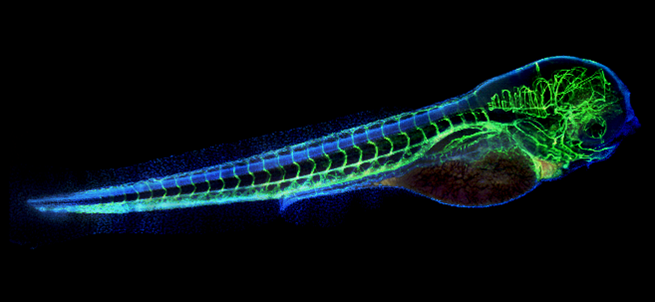
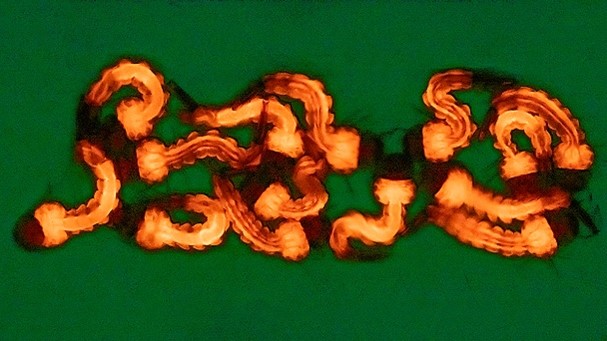
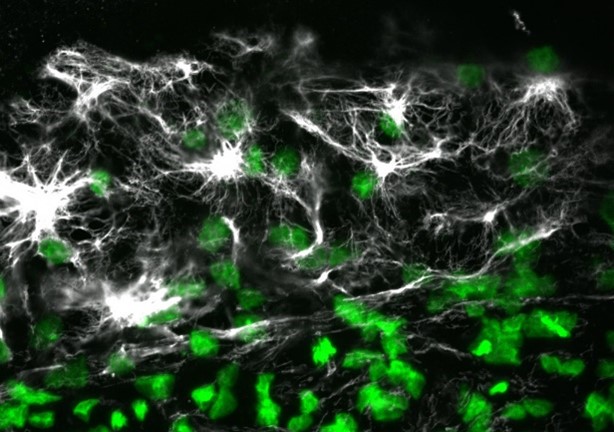
This image may bring to mind a bat spreading its wings, or you may feel like a skull is peering at you, but what’s actually shown is a honeybee brain. The bright-green spots are tyrosine hydroxylase, an enzyme that allows the brain to produce dopamine. Dopamine is involved in many important functions—such as the ability to experience pleasure—in both bees and humans.
The eerie green “skeleton” in this photo is really the vasculature (blood vessels) of a zebrafish embryo. The blue areas are cell bodies. Zebrafish are useful research organisms for studying development because their eggs and embryos are see-through, making it easy for scientists to watch changes take place.
Researchers edited the genes of these creepy-crawly mosquito larvae using a technique called CRISPR (clustered regularly interspaced short palindromic repeats). This species of mosquito, Culex quinquefasciatus, can transmit diseases including West Nile virus, Japanese encephalitis virus, and avian malaria. The gene-editing toolkit used on these larvae could ultimately help stop Culex quinquefasciatus from spreading pathogens.
The “cobwebs” in this image are actually a protein called vimentin in a quail embryo. The green spots are cell nuclei. Vimentin is part of the cytoskeleton and helps cells maintain their structure and resist mechanical stress. The protein is found in many animals and in humans.
It’s Elementary: Celebrating National Chemistry Week
Happy National Chemistry Week! In honor of this celebration, we’re showcasing posts that focus on elements crucial for human health and scientific exploration. NIGMS-supported scientists are studying how each of these elements (and many others) can impact human health. Check out the list below to learn more, and let us know what your favorite element is in the comments section!
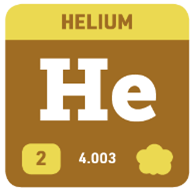 Credit: Adapted from Compound Interest. CC BY-NC-ND 4.0.
Credit: Adapted from Compound Interest. CC BY-NC-ND 4.0.
Helium: An Abundant History and a Shortage Threatening Scientific Tools
Scientists first discovered helium burning on the surface of the sun. Today, liquid helium plays an essential role in supercooling vital scientific and medical equipment, such as magnetic resonance imaging machines that take images of our internal organs. Unfortunately, our complex history with the element has led to a recent shortage that threatens some types of scientific research.
Continue reading “It’s Elementary: Celebrating National Chemistry Week”
Pathways: The Anesthesia Issue
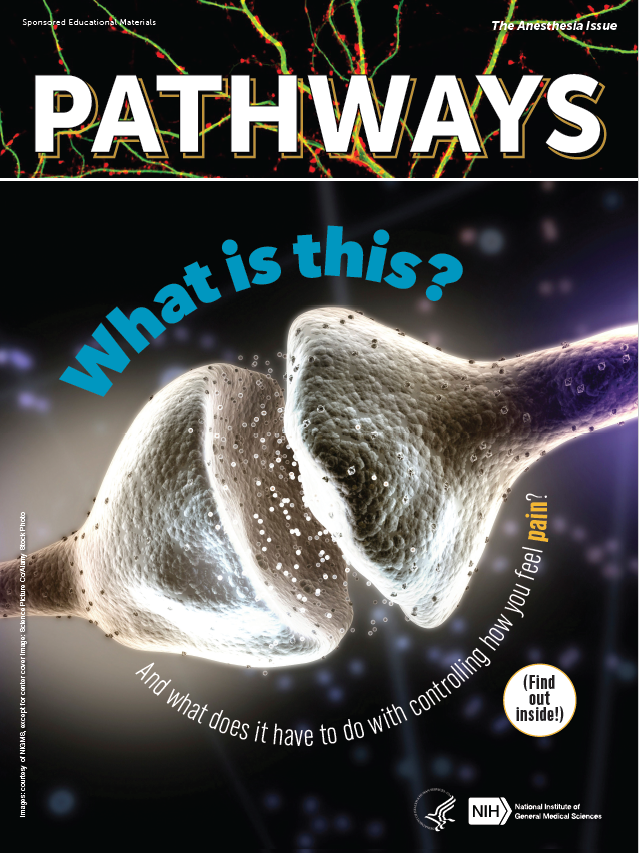 Cover of Pathways student magazine.
Cover of Pathways student magazine.
NIGMS and Scholastic bring you Pathways: The Anesthesia Issue, which explores pain and the science behind anesthesia—the medical treatment that prevents patients from feeling pain during surgery and other procedures. Without anesthesia, many life-saving medical procedures would be impossible.
Pathways, designed for students in grades 6 through 12, aims to build awareness of basic biomedical science and its importance to health, while inspiring careers in research. All materials in the collection are available online and are free for parents, educators, and students nationwide.
Continue reading “Pathways: The Anesthesia Issue”Scientist Studies Burn Therapies After Being Severely Burned as a Child
“If I was going to do science, I wanted it to help people,” says Julia Bohannon, Ph.D., an assistant professor of anesthesiology at Vanderbilt University Medical Center in Nashville, Tennessee.

Dr. Bohannon researches therapies that could help prevent infections in patients with severe burn injuries. Infections are common in these patients because burn injuries typically suppress the immune system. Dr. Bohannon originally planned to become a burn surgeon, inspired by the doctor who treated her after she was severely burned as a child. But during her junior year of college at Eastern Kentucky University in Richmond, she started working in a genetics lab and enjoyed it so much that she began considering a research career.
Choosing a Path Forward
After graduating with her bachelor’s degree, Dr. Bohannon worked for 2 gap years in a translational research lab at the University of Kentucky to decide between pursuing an M.D. or a Ph.D. She ultimately entered a Ph.D. program at the University of Texas Medical Branch in Galveston and conducted research in the lab of Tracy Toliver-Kinsky, Ph.D., at the Shriners Children’s burn center. Upon earning her Ph.D., Dr. Bohannon took a postdoctoral position with Edward Sherwood, Ph.D., at the University of Texas Medical Branch, where she studied potential treatments to improve immune cell function after burns. To continue her work, she followed Dr. Sherwood a year later when he moved to Vanderbilt University Medical Center.
Continue reading “Scientist Studies Burn Therapies After Being Severely Burned as a Child”Could a Spoonful of Sugar Be a Medicine?
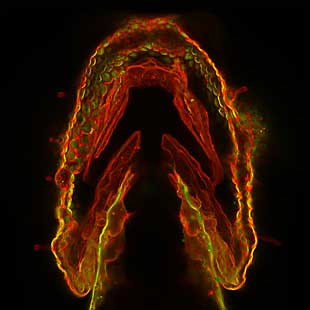
Large sugar molecules called glycans coat every cell in our bodies. They can also be found inside and between cells, and they are important for many biological processes, including how our cells interact with one another and with pathogens. For example, glycans on red blood cells determine blood type, and those on the cells of organs determine whether a person can receive a transplant from a particular donor. Scientists have only begun to explore sugars’ complexities and potential uses. Here, we look at the contributions three NIGMS-supported researchers are making to glycoscience.
Human Milk Sugars
Glycans called human milk oligosaccharides (HMOs) make up a significant portion of human milk. Study findings have shown that some HMOs can be prebiotics—substances that encourage beneficial bacteria to grow. Research has also revealed that some disease-causing microbes bind to certain HMOs, potentially allowing the germs to pass through the body without causing illness.
Continue reading “Could a Spoonful of Sugar Be a Medicine?”Science Snippet: Brush Up on Biofilms
A biofilm is a highly organized community of microorganisms that develops naturally on certain surfaces. Typically, biofilms are made up of microbes and an extracellular matrix that they produce. This matrix can include polysaccharides (chains of sugars), proteins, lipids, DNA, and other molecules. The matrix gives the biofilm structure and helps it stick to a surface.
Formation of a biofilm often involves a process called quorum sensing. In this process, microbes detect when they reach a certain population density and change their behavior in ways that help them function as a community.
Continue reading “Science Snippet: Brush Up on Biofilms”Staying Safe From Sepsis
Your immune system is on patrol every day. It protects your body from bacteria, viruses, and other germs. But if something goes wrong, it can also cause big problems.
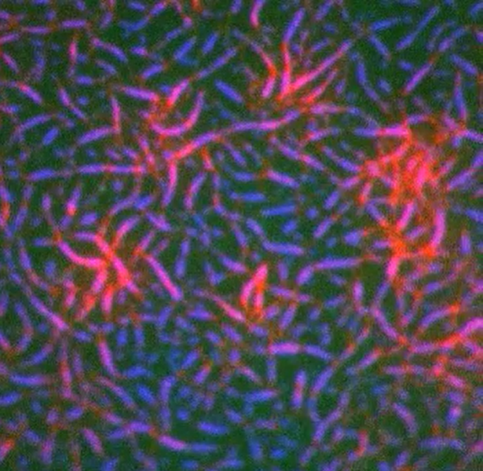
Sepsis happens when your body’s response to an infection spirals out of control. Your body releases molecules into the blood called cytokines to fight the infection. But those molecules then trigger a chain reaction.
“Sepsis is basically a life-threatening infection that leads to organ dysfunction,” says Richard Hotchkiss, M.D., who studies sepsis at Washington University in St. Louis, Missouri. The most dangerous stage of sepsis is called septic shock. It can cause multiple organs to fail, including the liver, lungs, and kidneys.
Septic shock begins when the body’s response to an infection damages blood vessels. When blood vessels are damaged, your blood pressure can drop very low. Without normal blood flow, your body can’t get enough oxygen.
Continue reading “Staying Safe From Sepsis”
